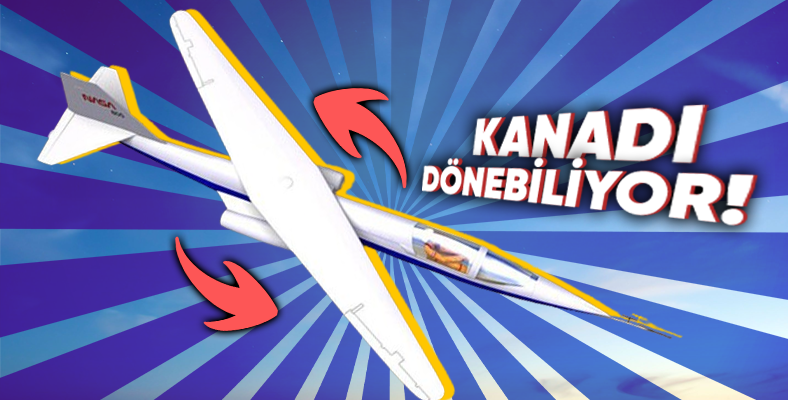In the 1950s, a NASA engineer questioned the obsession with symmetry in aircraft design and made a radical suggestion. Tilted wings entered the world of aviation not only as a theory but also with prototypes tested in the real world.
Once upon a time in the sky An era where symmetry reigned There was. Inspired by the flapping of birds’ wings, engineers believed that airplanes should also keep up with the balance of nature.
But an intrepid NASA engineer of the 1950s was about to rewrite the book on flight. “What if planes didn’t have to be symmetrical?” asked. This question opened a new page in aviation history and gave birth to the idea of tilted wings.
In the early days of flight, engineers were inspired by the symmetrical designs that nature offered for flight.
As technology advanced and speed limits were pushed, this stubborn adherence to symmetry actually turned out to be a hindrance. in the 1950s Robert Jones, a NASA engineer, He proposed to overcome this obstacle by proposing a radical change in aircraft design.
Jones argues that planes do not have to be symmetrical, arguing that they are asymmetrical or potential of the “slanted wing” design revealed.
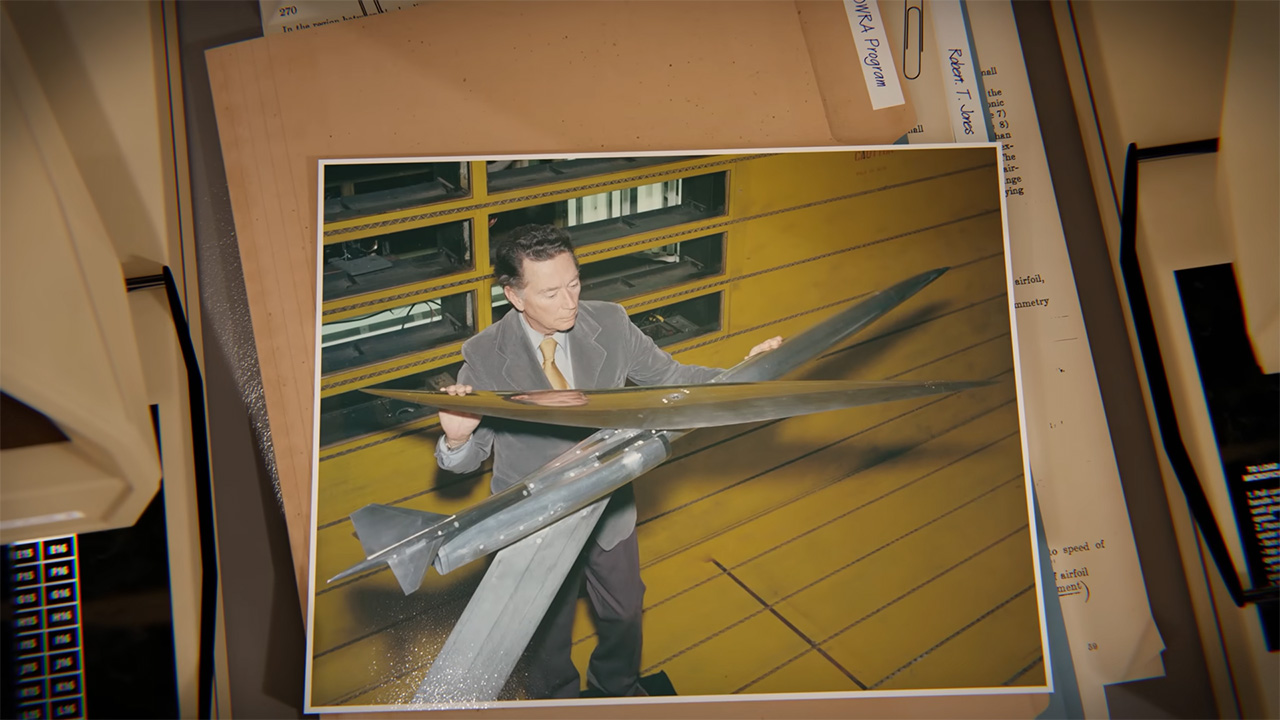
uplanes can fly faster and more efficiently The approach has been proven both theoretically and through prototype tests.
By pushing the speed limits; known as the sound barrier and used by pilots control becomes difficult, The phenomenon was encountered where stress forces could cause the aircraft to break up in the air.
But in 1947, a test pilot proved that the sound barrier was not an impassable barrier by flying an experimental aircraft beyond the speed of sound.
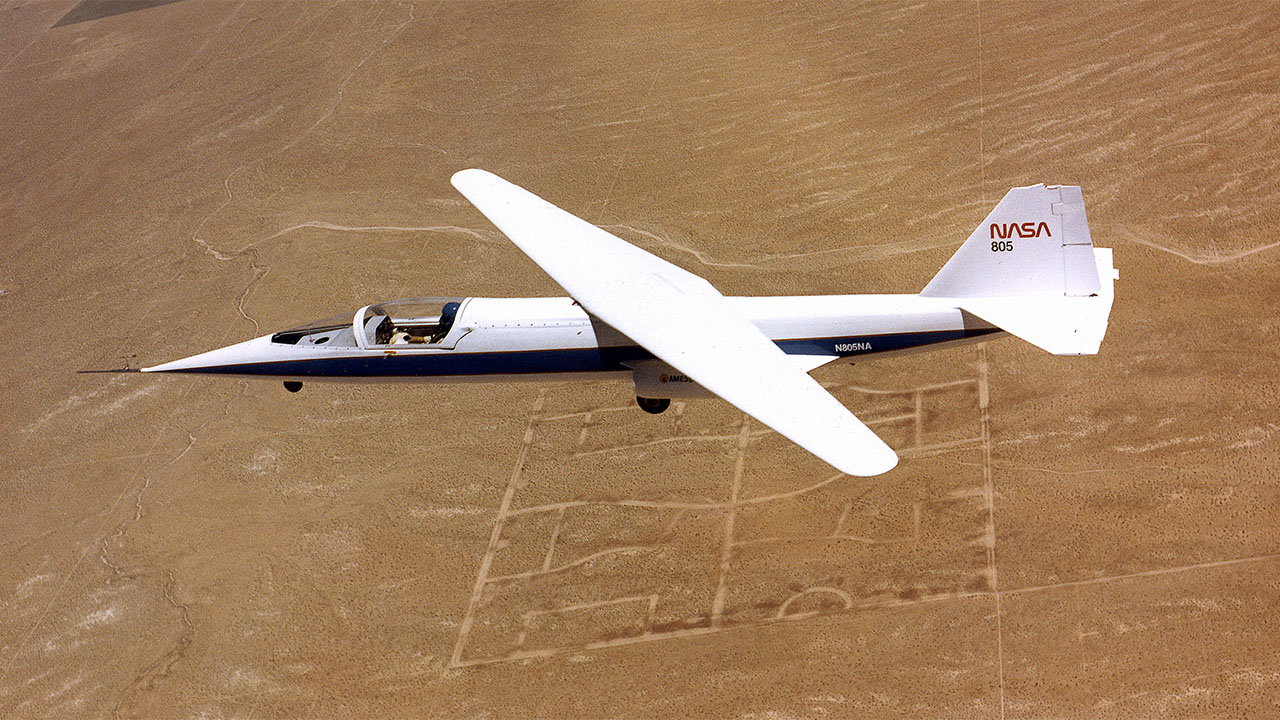
This is supersonic flight around different aerodynamic principles showed that it was taking shape. One of the challenges of achieving supersonic speeds was that the aircraft had to perform well at both subsonic and supersonic speeds.
Long and straight wings, which are ideal at subsonic speeds, are not suitable for supersonic speeds. was that it had to be swept thinly and sharply.
Jones’s canted wing concept offered a way around the difficulties.
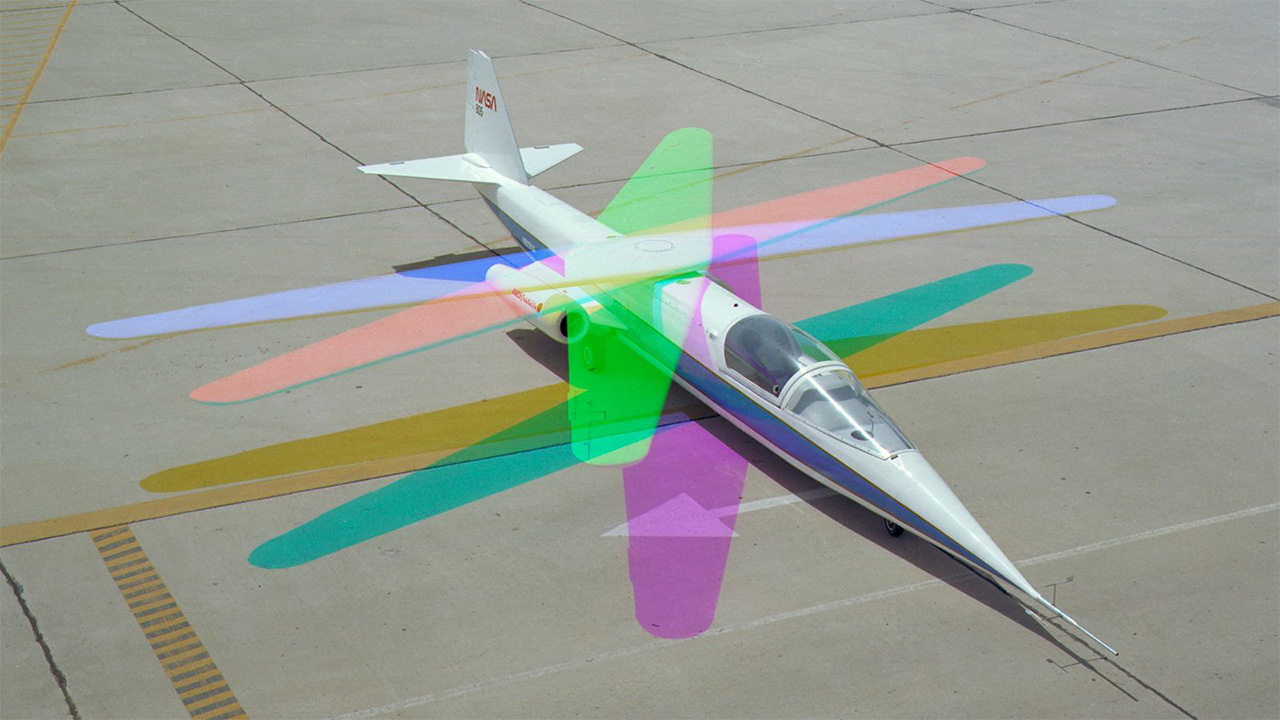
Using a single wing rotating on a central pivot, this design through wind tunnel tests and prototype studies It proved to be balanced.
Oblique wings, transonic and at supersonic speeds showed that it has much lower wave drag when arranged asymmetrically. Like this the need for bilateral symmetry eliminated.
NASA and leading aircraft manufacturers Boeing and Lockheed, He examined the slanted wings. He concluded that the design could make air travel faster and more efficient.
Although tilted wing research showed that radical changes in aviation were possible, they were very difficult to implement.
In a total of 79 test flights, the AD-1’s wing gradually rotated from zero to 60 degrees. Even though it was flown entirely by hand, it was quite simple to control and at lower pivot angles any pilot could manage to fly it.
However Maneuvering above 45 degrees was more difficult, and a phenomenon called cross-linking was becoming a problem. Rolling the AD-1 up/down caused it to roll left or right, and rolling it left or right caused it to roll up/down.
At exactly 60 degrees, pilots constantly adjust to keep the plane flying straight and stable. have to lean to the right or veer to the right was staying.
None of the problems were surprising and the data collected Improved wing structure of AD-1 and showed that it could be handled much better with the help of a computerized flight control system.
But the AD-1 could only reach 200 miles per hour, meaning it was nowhere near the transonic speeds at which tilted wings could begin to show their potential.
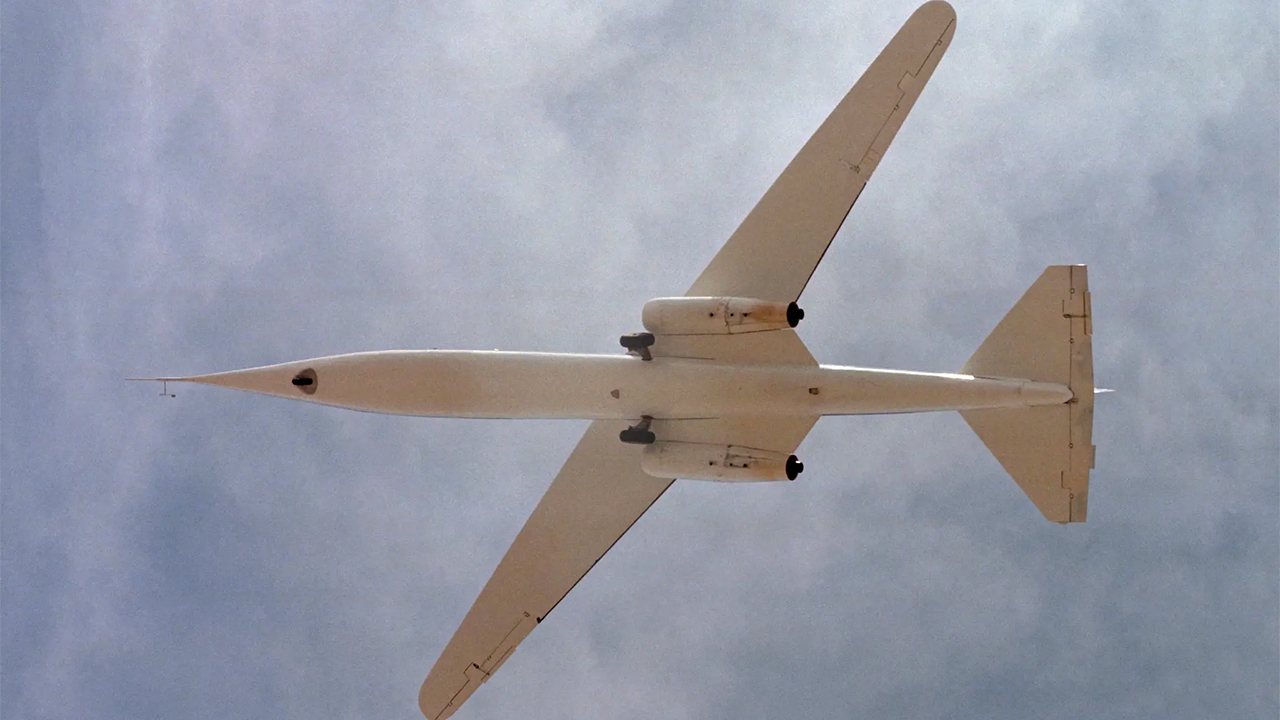
By the 1980s, the US Navy had also become interested in canted wings. in 1984 US Navy and NASA signed a joint agreement to develop the first supersonic inclined test bed.
for the project A budget of 36 million dollars was separated. Design work was to be completed in 1986, construction in 1990, and the first aircraft was scheduled to fly in May 1991.
However, after a successful design phase The plane never took off from the ground. In 1986, due to budget deficits and cost overruns in other experimental programs The project was canceled in 1987.
Jones, He died in 1999 However, he convinced many people that curved wings should take their place in the sky. Who knows, maybe in the near future We will have the opportunity to see this design in the sky…
You can find our aircraft content that may interest you below:
RELATED NEWS
Flying Machine Designed in the Soviet Union with an Engineering Intelligence Far Beyond Its Time: VVA-14
RELATED NEWS
Why Didn’t National Combat Aircraft KAAN Close Its Landing Gear During Its First Flight?
RELATED NEWS
How Do Planes Manage to Go Backwards Even though They Have No Reverse Gear?
RELATED NEWS
What is the reason why the F-22, called the “Death Machine”, cannot take off from aircraft carriers?
RELATED NEWS
Why Did This Strange Plane Consisting Only of Wings Turn into a Failure Story?
RELATED NEWS
